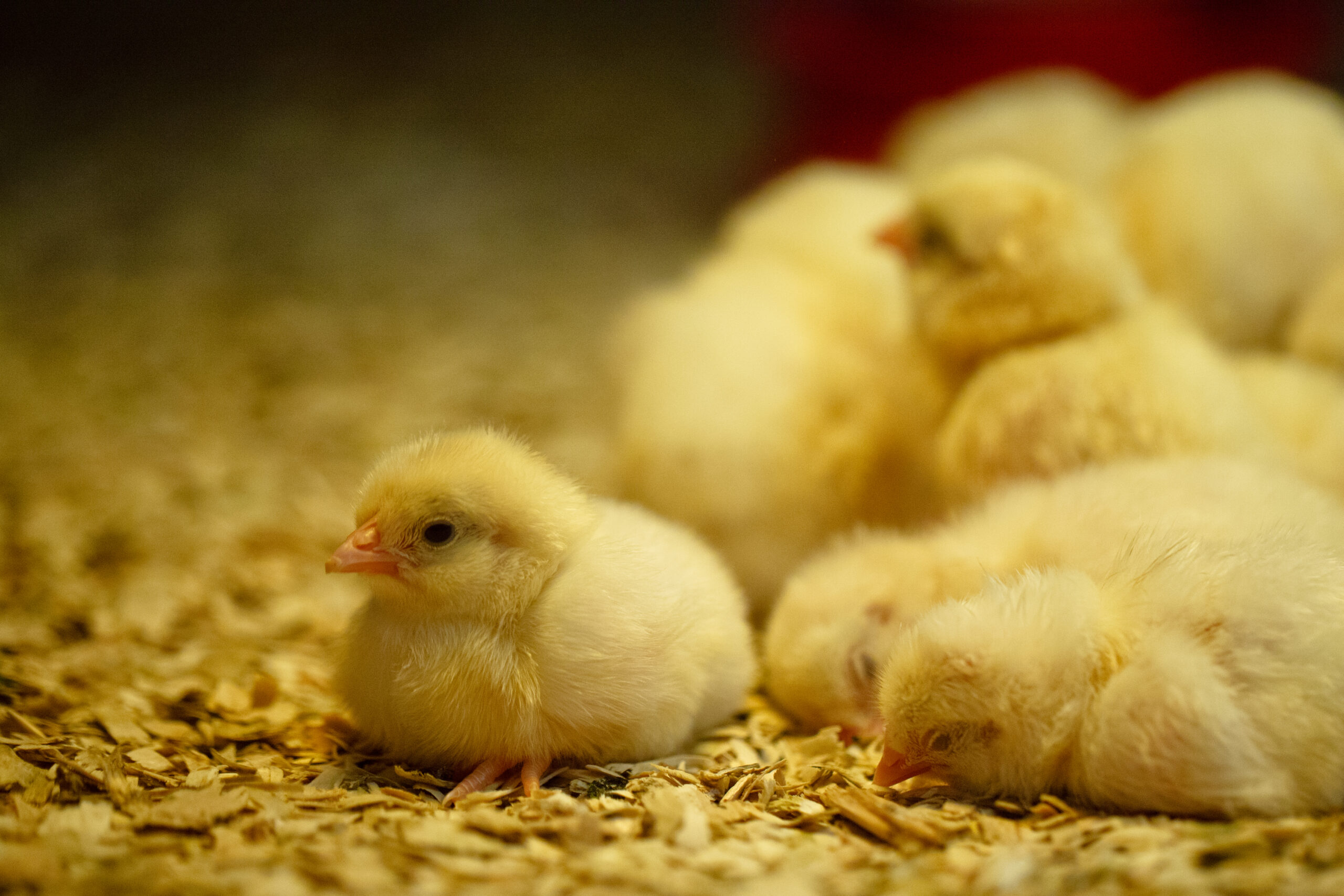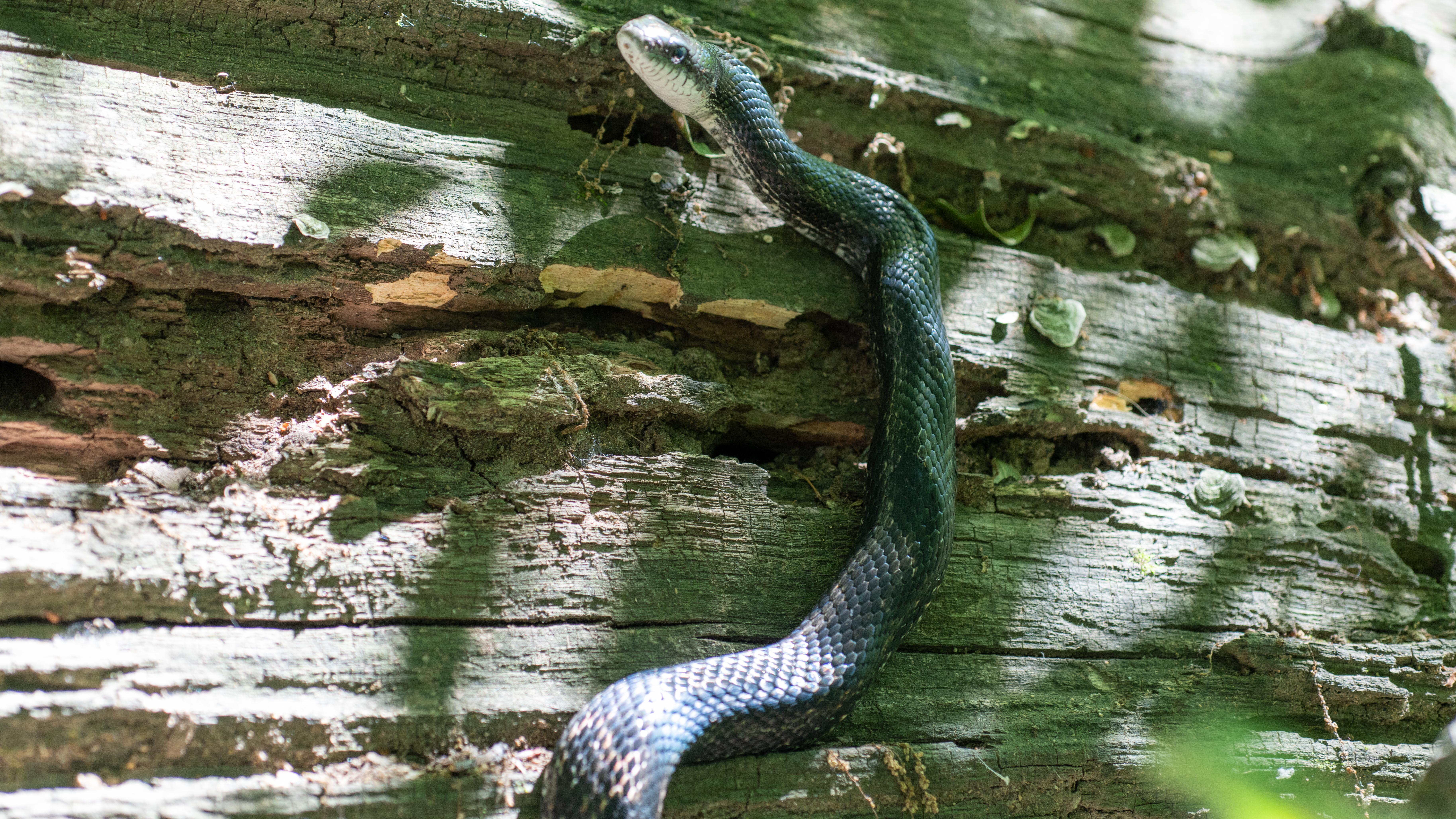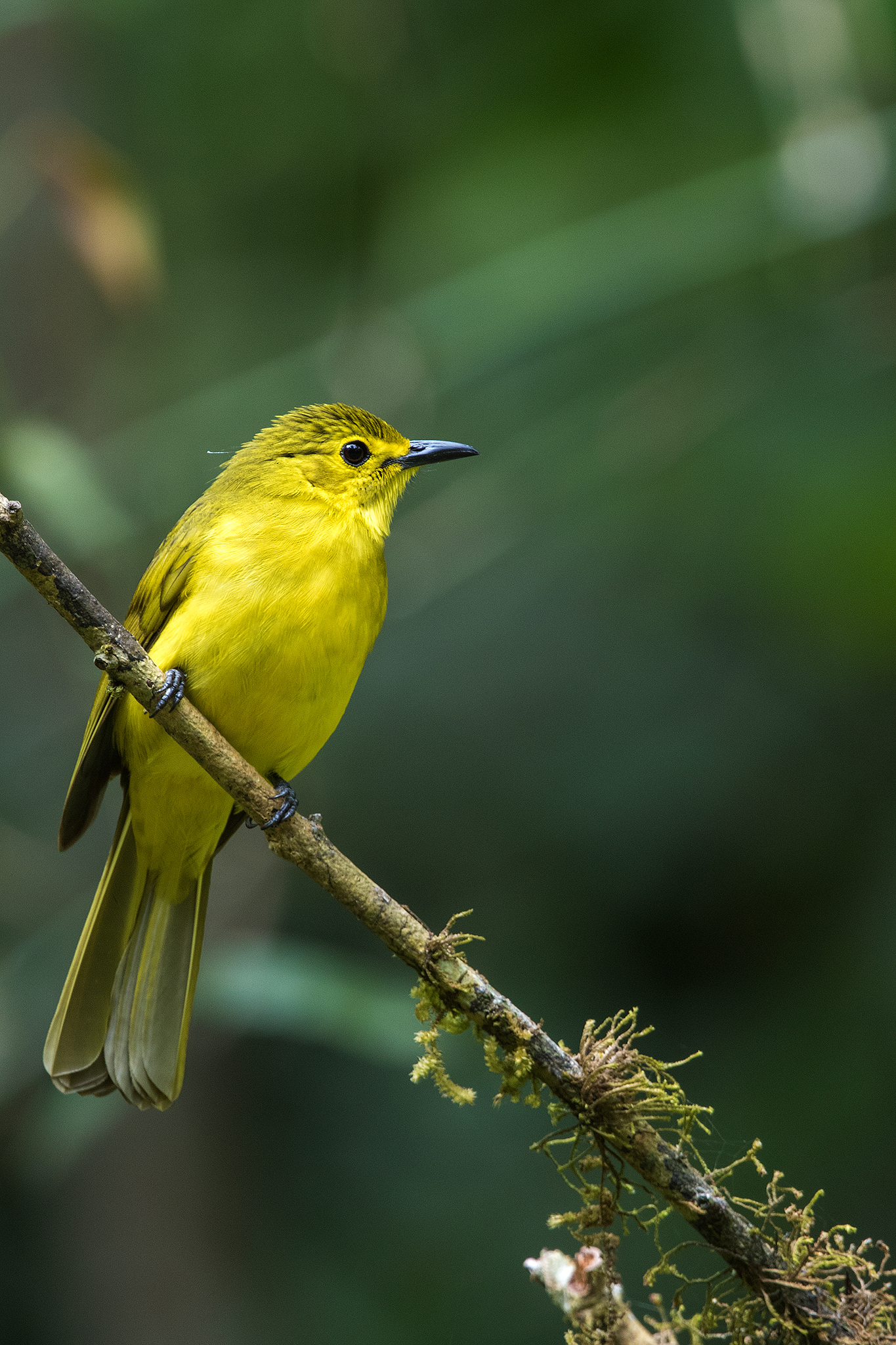Introduction
Bird eggs are marvels of nature, representing the beginning of life for countless avian species. In this blog post, we will delve into the intricate world of bird eggs and explore the fascinating journey from incubation to hatching.
The Importance of Bird Eggs

Bird eggs play a vital role in the life cycle of birds, serving as protective chambers where embryos develop and grow. Nesting habits vary among bird species, leading to variations in incubation periods and hatching processes.
The Anticipation of Hatching

The anticipation surrounding the hatching of bird eggs is palpable. From the moment an egg is laid, a complex series of events takes place within its fragile shell. Understanding the process of incubation and the signs of hatching can provide a glimpse into the wonders of avian reproduction.
Overview of the Blog
In this blog post, we will explore different aspects of bird egg hatching. We will begin by examining the varying incubation periods of different bird species and how to identify the type of bird egg one is observing. Next, we will discuss the factors that can influence the length of the incubation period, including environmental conditions, egg quality, and the age of the bird. We will then delve into the signs that indicate an egg is about to hatch, such as the chirping of the chick inside and the visible cracking of the shell. Additionally, we will explore the concept of assisted hatching and when it may be necessary to intervene. Finally, we will summarize the key points covered in this blog post and provide additional resources for readers interested in the captivating world of bird egg hatching.
So, let’s embark on this journey together and uncover the remarkable process of hatching that gives rise to the beautiful and diverse array of bird species in our world.
Incubation Periods

The incubation period refers to the time it takes for bird eggs to hatch and can vary significantly among different bird species. Understanding the duration of incubation is crucial for bird enthusiasts and researchers alike.
Varying Incubation Periods
The length of the incubation period is influenced by bird size, environmental conditions, and nesting habits. Smaller bird species generally have shorter incubation periods, while larger bird species may have longer ones. It’s important to note that these are general ranges, and there can be variations even within the same species.
Factors Affecting Incubation Periods
Environmental conditions such as temperature and humidity play significant roles in determining the length of incubation. The quality of the egg itself can also impact incubation time. Eggs with abnormalities or compromised shell integrity may require more time for successful hatching.
Identifying Bird Eggs

Identifying the type of bird egg can be a fascinating yet challenging task. Visual cues such as size, shape, coloration, and markings provide valuable insights into the identity of the bird species. Consulting field guides or reputable online resources specific to avian eggs can offer further guidance.
Behavior of Adult Birds and Nest Condition
Observing the behavior of adult birds and the condition of the nest can help determine if eggs are being actively incubated. Some eggs may be abandoned or lost, while others may not have been fertilized. For certain bird species, both male and female share incubation duties, taking shifts during specific times of the day.
By understanding the varying incubation periods of different bird species and employing visual cues for egg identification, bird enthusiasts can deepen their knowledge and appreciation for avian life cycles. In the following section, we will delve into the factors that can impact the length of incubation and explore the signs that indicate an egg is about to hatch.
Factors Influencing Incubation Time

The duration of the incubation period in bird eggs is influenced by various factors. Understanding these variables is crucial for successfully hatching and raising healthy chicks. Let’s explore the key factors that impact the duration of the incubation process.
Temperature: A Crucial Role
Temperature plays a vital role in determining the length of the incubation period. Different bird species have specific temperature requirements for optimal egg development. Deviations from these ranges can either accelerate or slow down the incubation process.
Warmer temperatures speed up development, resulting in shorter incubation periods, while cooler temperatures can extend the incubation period. Maintaining the appropriate temperature range is essential for the healthy growth of the embryo inside the egg.
Humidity: Balancing Moisture
Humidity levels within the incubation environment also affect the incubation time. Proper humidity is crucial for facilitating gas exchange and preventing excessive moisture loss from the eggs.
Inadequate humidity can lead to dehydration and prolong the incubation period, while excessive humidity can hinder gas exchange, potentially suffocating the developing embryos. Maintaining the optimal humidity range ensures proper development and hatching.
Egg Quality Matters

The quality of the egg itself significantly impacts the incubation period. Factors like shell thickness, integrity, abnormalities, and overall health contribute to egg quality.
Eggs with compromised shell integrity or abnormalities may require additional time for proper development, leading to a longer incubation period. Ensuring healthy eggs without deformities or irregularities optimizes the chances of successful hatching.
Bird Species: Unique Characteristics
The incubation time varies significantly depending on the bird species. Each species has its unique natural history and physiological characteristics, leading to variations in their incubation periods.
Some species have relatively short incubation periods, while others require a longer duration. Factors such as bird size, metabolic rate, and nesting habits contribute to these differences. Understanding the specific requirements of the bird species is crucial for providing optimal conditions during incubation.
Considering these variables, including temperature, humidity, egg quality, and bird species, creates an environment that promotes successful incubation. Providing the ideal conditions for each stage of the incubation process increases the chances of healthy hatching and the development of robust chicks.
Signs of Hatching: A Fascinating Journey

As the incubation period nears its end, several signs indicate that an egg is about to hatch. These signs include the chirping of the chick inside the egg and the visible cracking of the shell.
The chirping of the chick inside the egg is a clear indication that hatching is imminent. As the chick develops and grows, it begins to produce vocalizations, heard as chirping sounds. This communication with its parents signals that it is ready to emerge from the egg, creating an exciting and pivotal moment.
Another visible sign of hatching is the cracking of the shell. The chick uses its specialized egg tooth, a small, temporary projection on the beak, to peck at the inner surface of the eggshell. This pecking creates small cracks that gradually expand, forming a “pip,” a small hole through which the chick can breathe. The chick continues to peck and push against the shell until it breaks free.
The hatching process can take time. The chick may need several hours or even days to fully emerge from the egg. During this time, it rests and gains strength between bursts of activity. The process is physically demanding and requires patience and perseverance.
While observing the signs of hatching is a fascinating experience, it is crucial to exercise patience and avoid interfering with the natural process. Disturbing the egg or prematurely assisting the chick’s hatching can be harmful. Nature has designed the hatching process to ensure the chick’s survival and well-being, and interfering with it can disrupt this delicate balance.
Recognizing the signs of hatching, such as the chirping of the chick and the visible cracks in the shell, allows us to witness the incredible journey of a bird’s emergence into the world. It is a testament to the wonders of nature and the miracle of life.
Assisted Hatching: Helping Chicks Break Free

Assisted hatching plays a vital role in ensuring the successful emergence of bird embryos from their eggs. This process involves creating a small opening or weakening the shell to facilitate the hatching process. Let’s delve into the world of assisted hatching, exploring its purpose, reasons for implementation, and the techniques involved.
Definition and Purpose
Assisted hatching refers to techniques employed to aid the hatching of bird eggs. It becomes necessary when natural hatching is hindered or delayed due to various reasons. The primary purpose of assisted hatching is to increase the chances of a chick successfully emerging from the egg.
Reasons for Assisted Hatching
Several factors may necessitate assisted hatching:
Thick or Excessively Hardened Eggshell
Certain bird species, particularly those with larger eggs, may have thick or hard shells that make it challenging for the chick to break through naturally. In such cases, a small opening or weakening of the shell can provide the necessary assistance for hatching.
Weak or Underdeveloped Chicks
Sometimes, chicks may lack the strength to break through the shell on their own. Assisted hatching can help these weaker or underdeveloped chicks by providing an initial opening or weakening the shell to facilitate their escape.
Incubation Issues
Complications during hatching can arise from improper incubation conditions, such as incorrect temperature or humidity levels. Assisted hatching may be necessary when the incubation environment is suboptimal, helping the chick overcome challenges posed by these conditions.
Genetic Abnormalities
Genetic defects or abnormalities in the embryo can hinder its ability to hatch naturally. Assisted hatching can provide the necessary assistance for these embryos to successfully emerge from their eggs.
Assisted Hatching Techniques
Various techniques are used for assisted hatching:
Pipping: Mimicking Nature
One common method of assisted hatching involves creating a small hole or weak spot in the shell, known as the “pip.” This opening allows the chick to initiate the hatching process. Pipping imitates the natural behavior of the chick, using its egg tooth—a small, pointed structure on the beak—to gradually break the shell. The chick will continue enlarging the hole until it eventually emerges from the egg.
External Assistance: A Helping Hand
In some cases, external assistance may be required to aid the hatching process. This can involve carefully removing a portion of the shell or creating a larger opening to facilitate the chick’s escape. It is crucial to exercise caution and delicacy during this process to avoid injuring the chick or interfering with its natural development.
Assisted hatching should only be performed when necessary and by individuals with experience and knowledge in avian hatching techniques. It requires a delicate balance of providing assistance without compromising the chick’s health and well-being.
By employing these assisted hatching techniques, we can increase the chances of chicks successfully hatching from eggs that would otherwise pose challenges or obstacles to their emergence.
Conclusion


In this blog post, we have explored the concept of assisted hatching and discussed the circumstances under which it becomes necessary to help a chick hatch. Assisted hatching is employed when natural hatching is hindered or delayed due to reasons such as thick eggshells, weak chicks, incubation issues, or genetic abnormalities. Techniques like pipping and external assistance are utilized to aid the hatching process. However, it is crucial to exercise caution and seek guidance from experienced individuals when performing assisted hatching. By understanding and implementing these techniques effectively, we can support the successful hatching of bird eggs and contribute to the preservation of avian species.
Conclusion
In this blog post, we explored the fascinating process of bird egg hatching. Let’s recap the key points discussed:
Recap of Main Points
- Incubation periods vary among bird species, with different eggs requiring different lengths of time to hatch. Factors such as temperature, humidity, egg quality, and the age of the bird can influence the duration of the incubation period. Signs of hatching include auditory cues like chirping from the chick inside the egg and visible physical cracks in the shell. Assisted hatching may be necessary in certain cases, involving providing assistance to a chick during the hatching process.
The Importance of Incubation

Incubation plays a vital role in the hatching process. Parent birds maintain optimal temperature and humidity levels to ensure proper embryo development, which is critical for the survival and health of the emerging chicks.
The Diversity of Bird Species
The incredible diversity of bird species contributes to variations in incubation periods. Some species, like songbirds, have relatively short incubation periods ranging from 10 to 14 days, while larger birds such as eagles and albatrosses may have incubation periods lasting several months.
Further Explorations
For readers who want to delve deeper into the hatching of bird eggs, here are some additional resources:
- Books: “The Complete Book of Bird Eggs and Egg Collecting” by Colin Harrison and Alan Greensmith, “Avian Incubation: Behaviour, Environment and Evolution” by D. Charles Deeming and S. James Reynolds.
- Websites: Cornell Lab of Ornithology (birds.cornell.edu), National Audubon Society (audubon.org).
- Scientific Articles: “Factors affecting avian embryonic development: what we know, what we need to know, and what we can do about it” by Stephen A. MacDougall-Shackleton et al.
These resources provide valuable insights into avian reproduction, incubation, and hatching processes, making them excellent references for bird enthusiasts, scientists, and anyone interested in learning more about this captivating subject.
Engage and Share

We invite you to share your experiences or ask questions in the comments section below. Your insights and inquiries contribute to the ongoing conversation about the hatching of bird eggs, fostering a deeper understanding of these remarkable natural events.
Thank you for joining us on this journey into the world of bird egg hatching. Happy exploring, and may you continue to marvel at the wonders of avian life!
Frequently Asked Questions
Frequently Asked Questions
1. How long does it take for bird eggs to hatch?
The length of time it takes for bird eggs to hatch varies depending on the species. Smaller bird species generally have shorter incubation periods, ranging from 10 to 14 days, while larger birds may have incubation periods lasting several weeks or even months.
2. What factors can influence the length of the incubation period?
Several factors can impact the duration of the incubation period. These include environmental conditions such as temperature and humidity, the quality of the egg itself, and the specific characteristics of the bird species. Deviations from optimal temperature ranges or compromised egg quality can extend the incubation period.
3. How can I identify the type of bird egg I am observing?
Identifying bird eggs can be challenging but also fascinating. Visual cues such as size, shape, coloration, and markings on the egg provide valuable insights into the identity of the bird species. Consulting field guides or reputable online resources dedicated to avian eggs can offer further guidance.
4. What are the signs that indicate an egg is about to hatch?
There are several signs that indicate an egg is about to hatch. Auditory cues, such as the chirping of the chick inside the egg, are a clear indication that hatching is imminent. Additionally, visible cracks in the shell, created by the chick’s pecking, signify that the hatching process has begun.
5. When is assisted hatching necessary?
Assisted hatching becomes necessary when natural hatching is hindered or delayed. Thick or excessively hardened eggshells, weak or underdeveloped chicks, incubation issues, and genetic abnormalities are some of the reasons that may require assistance. Assisted hatching techniques, such as creating a small opening or providing external assistance, can help facilitate the chick’s successful emergence from the egg. However, it should only be performed when necessary and by individuals with experience in


Leave a Reply